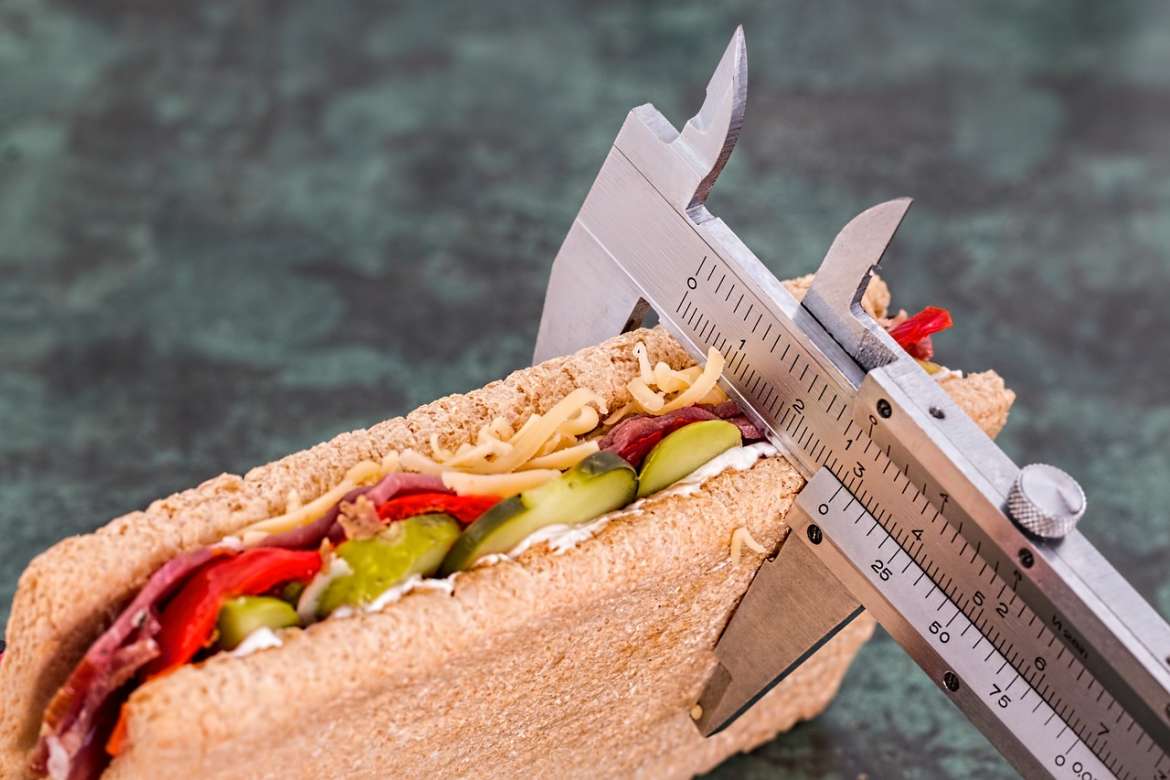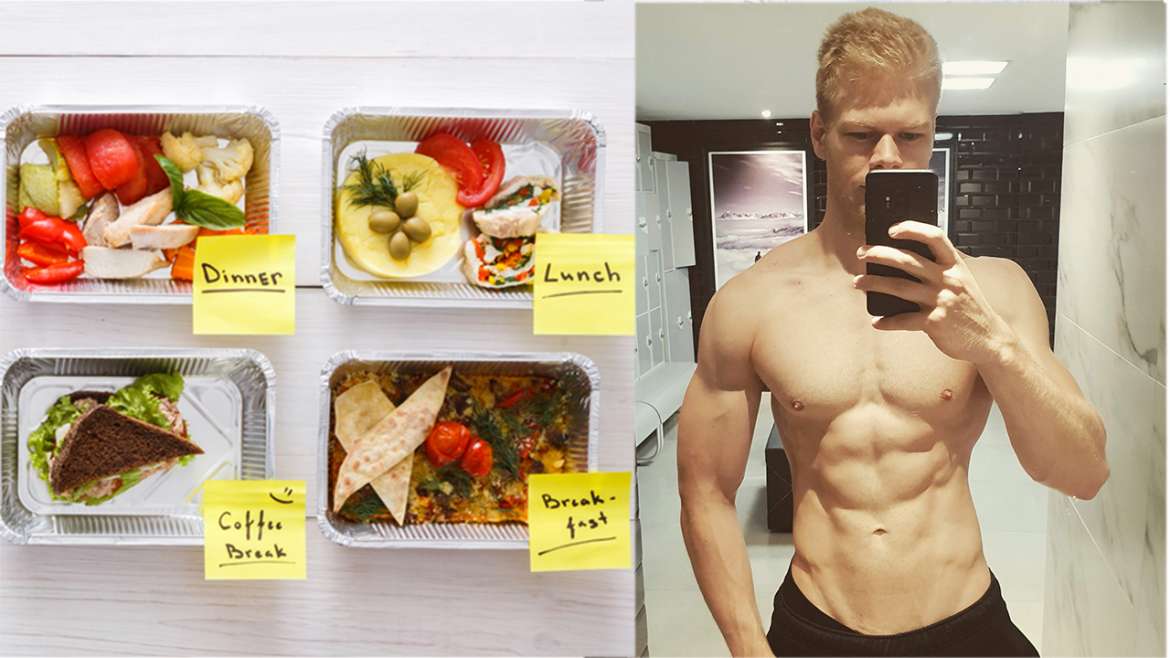Properly tracking your calories is very confusing to a lot of beginners. There are so many apps and programs that are supposed to help you, but many of them are just too complicated or full of annoying ads. To help you make this process as simple as possible I will share my tools and strategies with you in this lesson and teach you which foods are important to track and which you can simply ignore.
An interesting side note before we get started. Research shows that people who track their calories lose more weight. Not only that, but they also have an easier time keeping the weight off in the long run.
Now to properly track your food you will need three things. Food obviously, a calorie tracker app (I use MyFitnessPal, which you can get for free in the app store) and a kitchen scale. Some people will tell you that you don’t need a scale and can simply guess the weight of your food. You can try this of course, but from what I’ve learned over the years this takes quite a bit of experience and is not a good strategy for beginners.
Looks can be deceiving and if you’re not careful, a few inaccuracies here and there can quickly add up to a few hundred calories or more. That might be enough to completely throw you off your target value, leaving you unmotivated and wondering why the hell things aren’t working.
That’s where the food scale comes into play. It takes the guesswork out of counting. You weigh the exact amount of any given food that you want, to the gram, and you thus know exactly how many calories of it is actually going into your body.
A good kitchen scale doesn’t have to be expensive. Mine was around 30 bucks but you can get cheaper ones for a lot less.
In this post I want to teach you how to utilize your scale to accomplish two things:
1. Ensuring that your calorie and macro counting is sufficiently accurate.
2. Simultaneously making the overall process easier and less time-consuming. Because if you use your scale correctly the whole process will actually a lot faster than if you guessed your food weight all the time.
Here are my top 4 tips on how to do this correctly….
Want To Watch The Video Instead?
Tip 1 – You don’t always have to worry about the small things
As a good rule of thumb, anything less than ~30 Calories isn’t worth worrying about.
This includes things like:
– a splash of cream in coffee
– a little bit of ketchup on a sandwich
– or some parts of your salad like lettuce.
As long as you’re being generally consistent with your system (which is way more important than being “accurate,” by the way) you can often neglect these minor foods. I say often because every calorie counts and if you forget to track too many of these minor foods they will add up and will have an impact on your diet. Also, I do recommend you start tracking everything when you have hit a weight loss plateau because they are often due to overlooked calories.
Tip 2 – Raw or Cooked
Always make sure to check if the calorie value food you are tracking is for the raw food or cooked. For foods like rice which take in a lot of water when being cooked this makes a huge difference and getting this right will make or break your diet. The same goes for foods with skin or peel. Bananas are usually weighted without the peel but you will find different calorie values for chicken with and without skin – so watch out for this.
Tip 3 – Check the calorie and macro values in your tracker app
Even though most calorie tracker apps come with pretty large databases there are often false or misleading values. Sometimes other users have added their own foods with wrong macro values, which is why you should always check a trusted source like webmd’s online calorie tracker if you feel that a value for a certain food might be off.
Tip 4 – You Only Need the Food Scale for One Off Occasions
If you follow a recurring meal plan, which what I recommend because it’s by far the simplest and easiest way to do calorie/macro counting, then the prepping and logging of food is going to become routine and automatic. You know what this day’s portion is going to be because you knew exactly what it was last week, and the week before, etc., thus you don’t need the scale.
The scale should be used for one-off foods or foods that aren’t totally easy to eyeball each and every time. When I start a diet I usually only use my scale the first week or two and then cook the same meals again. Only when I want to try something new do I need the scale again.



